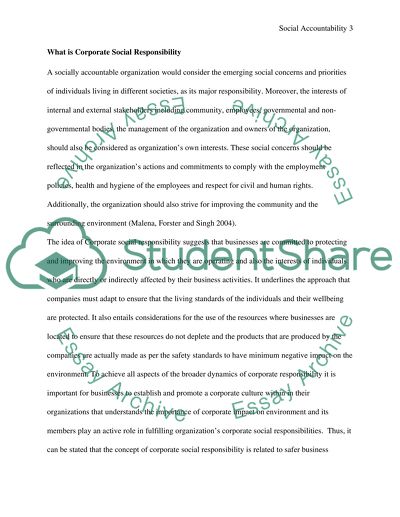Cite this document
(“Social Accountability Literature review Example | Topics and Well Written Essays - 2750 words”, n.d.)
Retrieved from https://studentshare.org/finance-accounting/1394878-accounting-society-and-the-environment
Retrieved from https://studentshare.org/finance-accounting/1394878-accounting-society-and-the-environment
(Social Accountability Literature Review Example | Topics and Well Written Essays - 2750 Words)
https://studentshare.org/finance-accounting/1394878-accounting-society-and-the-environment.
https://studentshare.org/finance-accounting/1394878-accounting-society-and-the-environment.
“Social Accountability Literature Review Example | Topics and Well Written Essays - 2750 Words”, n.d. https://studentshare.org/finance-accounting/1394878-accounting-society-and-the-environment.


